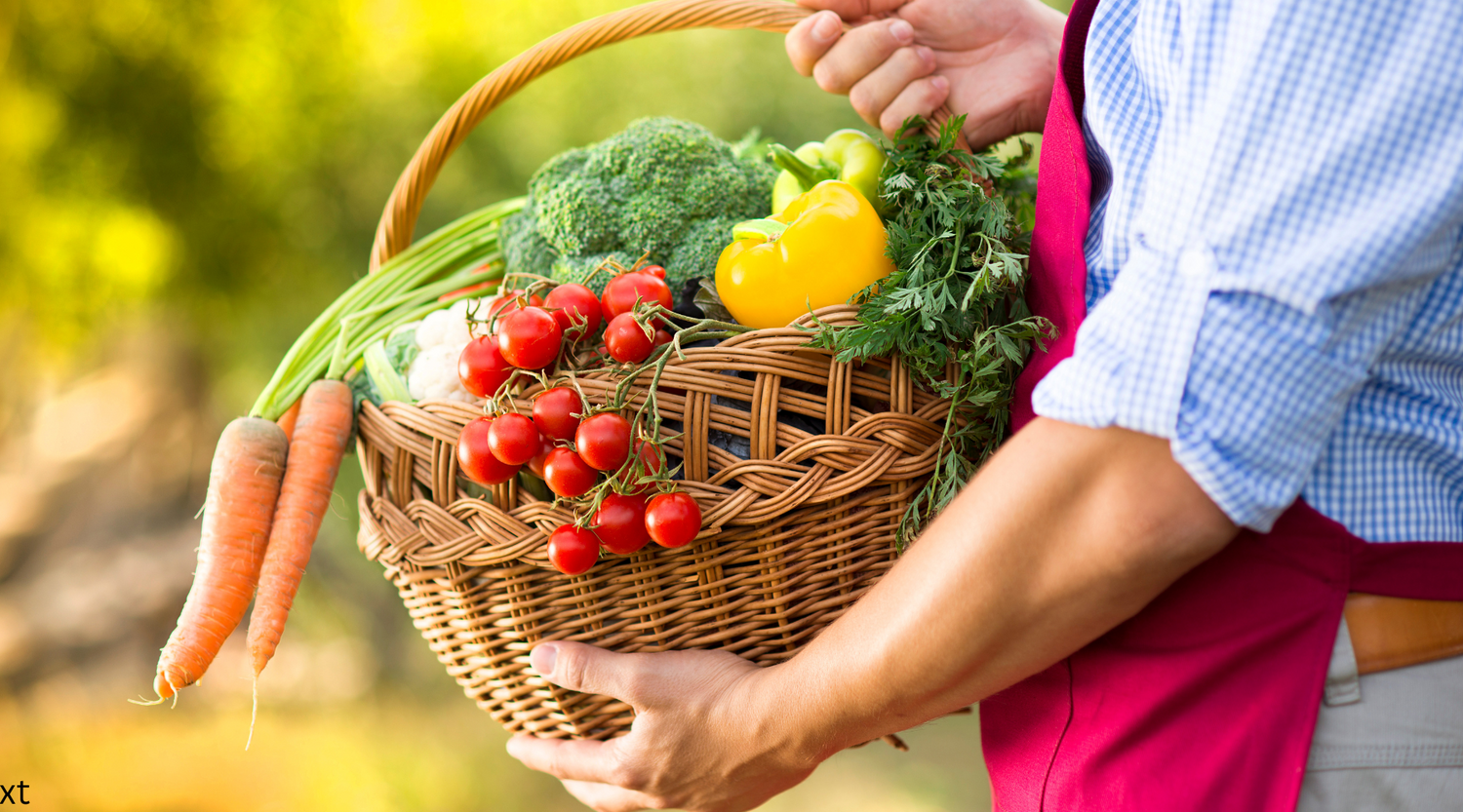Gardening enthusiasts and environmentalists alike are always on the lookout for innovative, sustainable methods to grow plants more efficiently. One such method gaining popularity is the wicking bed. This ingenious gardening system not only conserves water but also ensures that plants receive consistent moisture, making it ideal for both urban and rural settings. In this blog, we’ll dive into what wicking beds are, how they work, and why they might be the perfect solution for your garden.

What is a Wicking Bed?
The concept of wicking beds has ancient roots, inspired by the natural irrigation systems observed in floodplains and wetlands, where water is naturally absorbed and retained by the soil. Indigenous cultures and early agricultural societies may have applied similar principles by planting crops in areas with high water tables or using moisture-retaining materials to irrigate their fields.
The modern wicking bed design, however, gained significant popularity in the late 20th century, particularly with the rise of sustainable and permaculture gardening movements. In the 1970s and 1980s, as environmental awareness increased, gardeners and agriculturalists began experimenting with water-efficient growing methods. Australian engineer Colin Austin is often credited with refining and promoting the wicking bed concept during this period, especially in regions with arid climates. His designs emphasised the efficient use of water, which was particularly valuable in Australia’s dry conditions.
Wicking beds have since evolved and spread globally as an essential technique in urban gardening, water-scarce regions, and sustainable agriculture. Their adaptability to different scales—from small garden boxes to large agricultural plots—has made them a popular choice for gardeners looking to conserve water while improving crop yields.
A wicking bed is a self-watering garden bed that uses a built-in water reservoir to deliver moisture directly to the roots of plants. The concept is simple yet effective: water is drawn up from the reservoir into the soil through a process called capillary action, or "wicking." This method allows plants to take up water as needed, reducing the risk of overwatering and promoting healthier root systems.
How Do Wicking Beds Work?
Wicking beds are typically constructed with several layers:
-
Water Reservoir: The water reservoir is the foundational component of the self-watering bed system. It is a sealed compartment at the base of the bed, designed to hold and store water for extended periods. The reservoir serves as a water bank, from which plants draw moisture as needed. It can be constructed from a range of durable, waterproof materials such as plastic liners, heavy-duty pond liners, or poured concrete, depending on the size and purpose of the bed. The reservoir's capacity is typically designed to provide water for several days to weeks, reducing the need for frequent manual watering. By keeping the water sealed in this compartment, evaporation is minimised, making the system highly efficient in areas with limited water supply or during dry seasons.
-
Separation Layer: The separation layer is a critical barrier that sits directly above the water reservoir. Its purpose is to keep the soil and plant roots from directly entering the water reservoir while still allowing moisture to pass through. This layer is usually composed of a permeable material like geotextile fabric, which is designed to allow water to move upward through capillary action but prevents soil, debris, and root intrusion into the reservoir. The use of this barrier ensures that the water remains clean and unclogged, extending the lifespan of the reservoir and reducing the need for maintenance. In some systems, additional materials like mesh or wire screens are used to reinforce this layer, particularly if larger particles or organic matter could pose a problem.
-
Wicking Media: The wicking media forms the intermediary layer between the water reservoir and the soil, acting as the conduit for water transfer. This layer typically consists of coarse materials like sand, fine gravel, or crushed rock that have excellent capillary properties. The wicking process works by drawing water upwards from the reservoir through the wicking media and into the soil layer where plant roots can access it. The choice of material for the wicking media is essential, as it needs to balance good water-holding capacity with aeration. Coarser materials like gravel ensure that water flows freely but slowly, preventing the system from becoming oversaturated while keeping the soil moist. The wicking media also plays a crucial role in preventing water stagnation, as it facilitates consistent water movement without creating soggy conditions that could harm plant roots.
-
Soil Layer: The soil layer is where the plants are directly grown and nourished. It sits above the wicking media and is composed of a well-draining, nutrient-rich soil mix tailored to the needs of the specific plants being cultivated. The soil in a self-watering bed remains consistently moist due to the wicking action from the media below, making it ideal for plants that prefer steady moisture without being waterlogged. A typical soil mix for this purpose might include a combination of garden soil, compost, perlite, and other organic materials that promote good drainage and aeration while still retaining enough moisture. Since the soil layer is designed to remain evenly moist from the bottom up, this system reduces the risk of surface evaporation and requires less frequent irrigation.
-
Overflow Pipe: The overflow pipe is an essential feature for maintaining the health and efficiency of the self-watering bed system. Installed at the height of the reservoir, the overflow pipe serves as a safeguard to prevent the bed from becoming waterlogged during heavy rains or excessive watering. Once the water level in the reservoir reaches the height of the overflow pipe, any excess water is drained away, ensuring that the roots of the plants do not become submerged in water, which could lead to rot or fungal diseases. The pipe is typically placed at a strategic height that balances water storage capacity with optimal plant conditions. Some designs may also include an additional drainage mechanism or valve for manual control over the water level in specific conditions.

Benefits of Wicking Beds
-
Water Efficiency: Wicking beds are incredibly water-efficient, making them ideal for areas prone to drought or where water conservation is a priority. The closed system reduces evaporation, meaning less water is needed to keep plants healthy. Our WaterUps Wicking Beds saves 80% of water usage compared to surface drip irrigation and also captures rainwater for drought resilience.
-
Low Maintenance: Once set up, wicking beds require minimal maintenance. The self-watering system reduces the need for frequent watering, allowing gardeners to spend more time enjoying their garden rather than maintaining it.
-
Healthier Plants: By providing consistent moisture directly to the roots, wicking beds promote stronger, deeper root systems. This leads to healthier, more resilient plants that are better able to withstand stress.
-
Versatility: Wicking beds can be used for a wide variety of plants, from vegetables and herbs to flowers and small shrubs. They are also highly adaptable and can be constructed in various shapes and sizes to fit any space, enhancing creativity without sacrificing efficiency.
-
Urban Gardening: For urban gardeners, wicking beds offer a practical solution for growing plants in small spaces, such as balconies or rooftops. The self-contained system also reduces the risk of water runoff, which can be a concern in densely populated areas.
How to Build Your Own Wicking Bed
Building a wicking bed is a straightforward process that can be accomplished with basic materials and tools. Here’s a simplified guide to get you started:
-
Choose a Location: Select a spot that receives adequate sunlight and is level. Wicking beds can be built directly on the ground or in raised beds, depending on your preference and space availability.
-
Construct the Bed Frame: Build or buy a suitable frame for your wicking bed. Raised beds work particularly well, but you can also create a wicking bed in any watertight container.
-
Install the Liner: Line the inside of the frame with a waterproof material, such as pond liner or heavy-duty plastic, to create the reservoir.
-
Add the Separation Layer: Lay down the geotextile fabric or another suitable material to separate the water reservoir from the soil.
-
Fill with Wicking Media: Add the wicking media, such as coarse sand or gravel, to the bottom of the bed. Ensure that the material is evenly spread and covers the entire reservoir.
-
Insert the Overflow Pipe: Install the overflow pipe at the desired height of the reservoir. This will allow excess water to drain out, preventing waterlogging.
-
Add Soil and Plant: Fill the rest of the bed with a quality soil mix, and plant your chosen seeds or seedlings. Water the soil thoroughly from the top to initiate the wicking process.
-
Fill the Reservoir: Add water to the reservoir through the overflow pipe or a separate filling pipe until it reaches the top of the wicking media. From here, the bed will take care of watering your plants.
Alternatively go with the WaterUps Oasis 1680 Wicking Bed, available in 3 different colours with easy assembly and delivered Australia wide.

Sub-Irrigation Channel by WaterUPs
Conclusion
Wicking beds offer a sustainable, efficient way to garden, especially in areas where water conservation is critical. They are an excellent choice for both novice and experienced gardeners, providing an easy-to-maintain system that yields healthy, thriving plants. Whether you’re looking to grow vegetables, herbs, or flowers, a wicking bed could be the perfect addition to your gardening setup. So why not give it a try and experience the benefits of this innovative gardening






